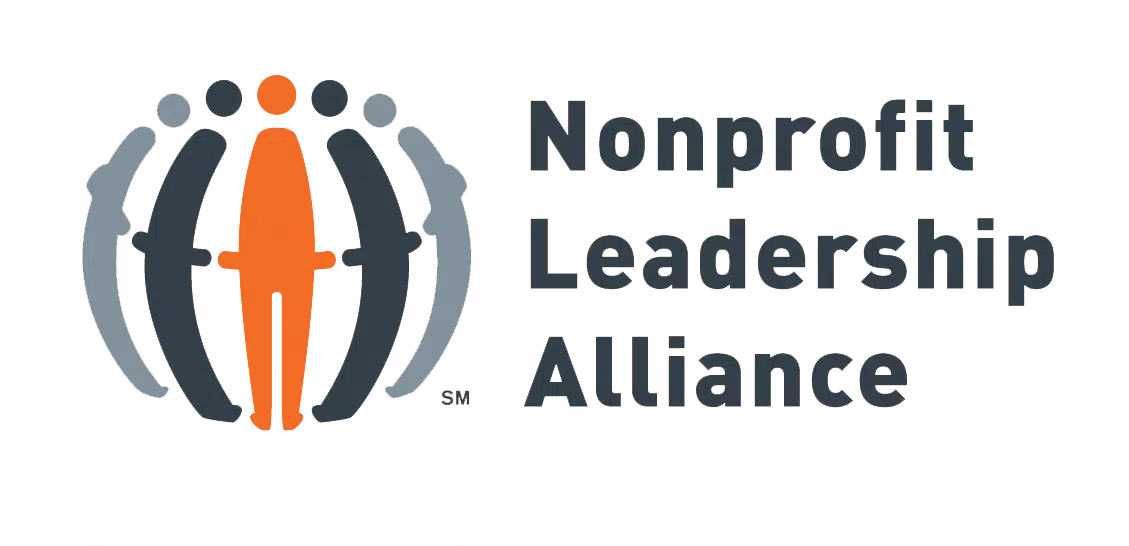Written by: Amanda Onochie, CNP
Reading Time: 4 minutes
Powering through our 3rd year of the pandemic, employers are finding that the #greatresignation and previous work-from-home ordinances have affected much more than the workforce. With Americans leaving their jobs in search of meaningful, mutually beneficial positions, nonprofit agencies are leaning on these now available citizens as volunteers for support in the face of staff shortages. Today we’ll explore the current factors surrounding volunteer recruitment & retention, as well as the technology available to aid your vision of volunteerism.
Top 3 Strategies for Pandemic Volunteer Recruitment & Retention:
- Meaningful Work
- Connection to the Big Picture
- Options & Choice
Meaningful Work
- Although mindlessly shredding obsolete documents is a valid task, try to assign meaningful work to your volunteers in order to retain their intrigue. Meaningful or otherwise impactful work are tasks that require just enough brainpower to engage the individual intellectually or creatively. For example, while leading a TimeBank in San Antonio, Texas I gave those interested in strengthening their Microsoft Office skills the task of creating flyers for upcoming community events. (Mind you it was a big responsibility seeing that those years were BC- Before Canva.) The neighbors who took on the tasks were intrinsically motivated to deliver their best work because I had assigned a task aligned with their interests. Now when it comes down to the more mundane, everyday tasks consider adding an element of fun. My former staff can attest to my ‘hole-punching parties’. Though corny, once the eyerolls subsided my team reported that they did enjoy commandeering the conference room, putting on their headphones, grabbing a snack, and jamming out to music while constructing 3-ring binders.
Connection to the Big Picture
- With the current rise in volunteerism, it’s easy to assume that the unpaid worker at your door fully understands your mission- why else would they be there? The assumption may be correct however the depth of understanding is always in question. Connecting your volunteer to your nonprofit demands more than a recitation of the mission & vision. Tell your volunteers how their task connects to the whole of the organization, show them how their hours have yielded an impact within your population, and guide them in digesting the true cause of the nonprofit. Heading 3 statewide, volunteer-led programs in Connecticut we maintained long-standing financial facilitators with subtle reminders of Who & How. I instructed my coordinator to include in every facilitation opportunity email:
- Who the audience was. Whether that be their ages, associated program, literacy level, etc… Whatever nonpersonal identifier(s) could provide the volunteer with a clear, unbiased image of who they’ll be speaking in front of.
- How we were going to collectively impact groups with financial literacy facilitation. Whether that be through the frequency of classes, the topics if financial coaching would be a follow-up service, if the site was a new partner, etc…
If the majority of your volunteers don’t leave feeling as if they have contributed in some way, shape or form, it’s time to rethink your approach. Pizza appreciation parties can only take you so far in retention.
Options & Choice
- Flexibility to accommodate life’s new pandemic-based responsibilities is key. Some of us still have children in online schooling, others are caring for their family’s needs while working a demanding job from home and those who haven’t left with the #greatresignation are experiencing weakened work/life separation. Allowing your unpaid workers, the ability to serve you in-person OR virtually is a game-changer. Giving the ability to complete tasks independently, on a volunteer’s personal schedule requires trust but is doable. Identifying heavy and light work while making it accessible online is another way to accommodate the schedules of your volunteers as well as your staff.
There’s no doubt that our highly technical world has brought forth much advancement [to all industries] in the area of data collection and dissemination. Unfortunately, convenience carries a heavy cost. Below are 3 examples of inexpensive volunteer management sites serving a variety of purposes:
For recruitment of local events, consider VolunteerMatch. Streamline your volunteer communications and assignments all in one place. It couldn’t be any simpler for such an affordable price.
If you’re looking for individuals with specific skill sets or a certain level of experience, Catchafire is a no brainer. Your local search for that subject matter expert has now expanded to a global platform. I’ve had individual volunteers support translation efforts while living in Portugal, Congo, and Geneva!
For volunteer-heavy nonprofits who rely on non-employees to execute everyday programming, I suggest Compyle. Compyle by Clear Impact is a participant tracking database system that can just as easily be used to track the recurring activity of longstanding volunteers. Tighter data collection yields stronger profiles of in-kind resources received by the organization which, in turn, can aid in grant submissions.
Meet the Author: Amanda Onochie, CNP | Founder & Principal Consultant, AB Community Development Solutions LLC | (210) 809-4120 | abcsc.info@gmail.com

years, Amanda works to introduce principles of asset-based community development & PMI
Agile methodology into the management of NGOs, community groups & businesses. Amanda’s domestic & international experiences have served as exploratory studies in her growing research on change management & organizational leadership leading to the founding of her business. AB Community Development Solutions LLC was created to increase the operational efficiency of beleaguered community systems while prompting lasting change through hands-on consulting.
In her free time, Amanda educates the general public on the mutual benefits of service-learning through initiatives like Americorps and serves as a facilitator of Google’s #IamRemarkable self-promotion campaign.
